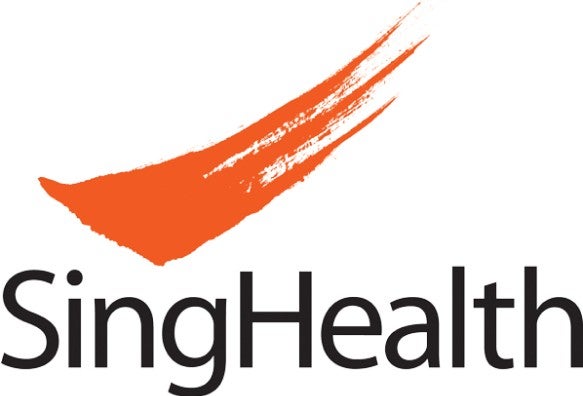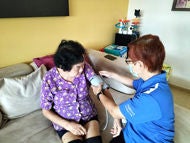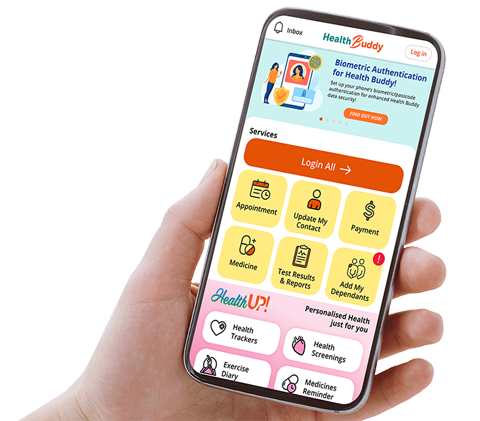
Patients often present at primary care with what they think are common ulcers. In the rare cases where the lesion turns out to be malignant, early intervention through diagnosis and timely referral can lead to an improved prognosis.
INTRODUCTION
The oral cavity consists of hard and soft tissues, with at least 28 teeth in adults (excluding the third molars, also known as ‘wisdom teeth’).
A thorough oral examination allows a holistic approach to the patient’s chief complaint and is the key to making an early diagnosis of an underlying systemic condition.
Thorough oral examination should include palpation of the lymph nodes, muscles of mastication and temporomandibular joint (TMJ) prior to the start of the examination of the intraoral structures, such as the dentition and soft tissue structures including the tongue, floor of mouth, and buccal and labial mucosae.
The following cases studies illustrate the management
of oral lesions in primary care and the importance of
early recognition of potentially malignant oral lesions.
CASE STUDY 1 |
|---|
Managing oral lichen planus in primary care |
BACKGROUNDThe patient was an 18-year-old Chinese female with the chief complaint of painful tongue with tightness in the cheeks with some surface roughness. She reported not being able to eat well. The oral symptoms had started about three months ago. She is healthy with no known drug allergies and no reported use of tobacco or alcohol. She does not take any medications regularly. On examination, her oral hygiene was fair with minimal plaque and she was caries-free. PRESENTATION ON EXAMINATION
She presented with white reticular striations on the
bilateral lateral surfaces of the tongue (Figures
1 and 2) with erosive mucosal changes, covered
with yellowish fibrinous exudate and erythematous
margins. Both sides of the buccal mucosa presented with patches of white reticular striations with no ulcerations or mass effect (Figure 3). These lesions are non-indurated.
CLINICAL DIAGNOSISThe clinical differential diagnosis included oral lichen planus (OLP), oral involvement of an underlying systemic autoimmune condition such as systemic lupus erythematosus or discoid lupus. An incisional biopsy was performed to confirm the definitive diagnosis. Microscopic findings were consistent with lichenoid mucositis, recommending clinicopathologic correlation for the diagnosis of OLP. Blood serology tests to check for autoimmune conditions including rheumatoid factor (RF), anti-nuclear antibody (ANA) and double-stranded DNA (dsDNA) were done with no significant findings. The patient was diagnosed with OLP based on the clinical and histopathologic findings. What is oral lichen planus Oral lichen planus (OLP) is a chronic mucocutaneous inflammatory condition that tends to affect the oral mucosa, although the skin and other mucosal surfaces such as the oesophageal and vaginal mucosae can be involved. OLP has several clinical presentations including the reticular, plaque-like, erosive/atrophic, ulcerative and bullous forms. An individual patient can have a combination of these types.
Managing and treating oral lichen planus The main treatment goal is elimination of oral symptoms to improve quality of life. The reticular form of OLP often does not require any treatment. Adequate information on OLP should be made available to the patient. Most importantly, patients must be informed of the importance of periodic observation even if the oral lesions remain asymptomatic. Erosive/ulcerative lesions in most cases tend to be more symptomatic, especially when eating spicy foods or drinking hot drinks, while in other cases, the lesions may be asymptomatic. Management of these erosive/ulcerative lesions involves the use of topical immunosuppressive agents such as corticosteroids, tacrolimus or intralesional corticosteroid injections for recalcitrant lesions. In severe cases, a short course of systemic corticosteroids can be prescribed. At times, patients may develop oral candidiasis (pseudomembranous or erythematous types), a type of fungal infection, even before the initiation of topical corticosteroid therapy. In cases with oral candidiasis (pseudomembranous or erythematous types), topical antifungals and/or systemic antifungals can be prescribed. Chlorhexidine mouthwash can also be given as it has some fungicidal properties. In the author’s experience, nystatin suspension has been ineffective in eradicating oral candidiasis due to several reasons such as the need for multiple dosing daily, containing high sugar content and bad tastes which in turn lead to poor patient compliance. A preferred topical antifungal agent is miconazole 2% gel or ketoconazole 2% gel in addition to chlorhexidine rinse. In some cases, a course of systemic fluconazole can be prescribed. REFERRING FOR SPECIALIST CAREIn patients with persistent erosions/ulcerations who are unresponsive to topical therapy, referral to an oral medicine trained dentist may be required. With an ageing population, there is also an increasing number of patients with other medical comorbidities that can affect the management of these oral lesions, such as those with poorly-controlled diabetes and hepatitis B infection. |
CASE STUDY 2 |
|---|
Timely referral for a non-healing ulcer |
BACKGROUNDThe patient was a 42-year-old Chinese female
with a chief complaint of a non-healing ulcer on
the right lateral border of the tongue for a duration
of three months (Figure 4) . She reported slight
discomfort at the tongue ulcer. Her medical history was non-significant with no known drug allergies. She did not recall possible trauma to the lesional site. She was a non-smoker and social drinker. DIAGNOSISThe patient was referred by her general practitioner to the National Dental Centre Singapore. On examination, there were no palpable cervical lymph nodes, facial asymmetry or abnormal jaw movement. Her oral hygiene is good with no active caries. The clinical differential diagnosis included traumatic ulcer and oral squamous cell carcinoma. Topical corticorsteroid (Clobetasol proprionate 0.2% ointment) was prescribed for two weeks. At her two-week review, there was no improvement in the lesion and an incisional biopsy was carried out. REFERRING FOR SPECIALIST CAREMicroscopic examination revealed a superficially invasive squamous cell carcinoma. The patient was subsequently referred to the Head and Neck Oncology team at the National Cancer Centre Singapore for wide surgical excision with ipsilateral neck dissection. Further histologic examination revealed no involvement of the lymph nodes and the surgical margins, both deep and peripheral, were cleared of tumour. Differential diagnoses for oral ulcers are not exhaustive, thus one must be vigilant and timely referral for management of these oral ulcers is important. As shown in this case, a delay in diagnosis may lead to spread of cancer cells, affecting the prognosis and management of the condition. In addition, continued follow-up of oral ulcers is important to ensure that that there is complete resolution of the ulceration. Otherwise, a biopsy should be considered to rule out malignant changes. |
Dr Chelsia Sim is a Consultant at the National Dental Centre Singapore (NDCS) who graduated from the National University of Singapore (NUS) and obtained her Master’s degree and advanced training in oral medicine at the University of California, San Francisco. Following that, she completed another residency in oral and maxillofacial pathology at the University of Iowa.
She currently runs the Oral Medicine Unit in the Department of Oral & Maxillofacial Surgery at NDCS, and is actively engaged in the surgical biopsy service at Singapore General Hospital. Dr Sim also teaches oral and maxillofacial pathology to the dental undergraduates at NUS.
Her clinical interests include diagnosis and management of oral mucosal diseases
including autoimmune mucocutaneous diseases. She also treats patients with oral
precancerous lesions with carbon dioxide laser.
GPs can call the SingHealth Duke-NUS Head & Neck Centre for appointments at the following hotlines:
Singapore General Hospital: 6326 6060
Changi General Hospital: 6788 3003
Sengkang General Hospital: 6930 6000
KK Women’s and Children’s Hospital: 6692 2984
National Cancer Centre Singapore: 6436 8288
National Dental Centre Singapore: 6324 8798























